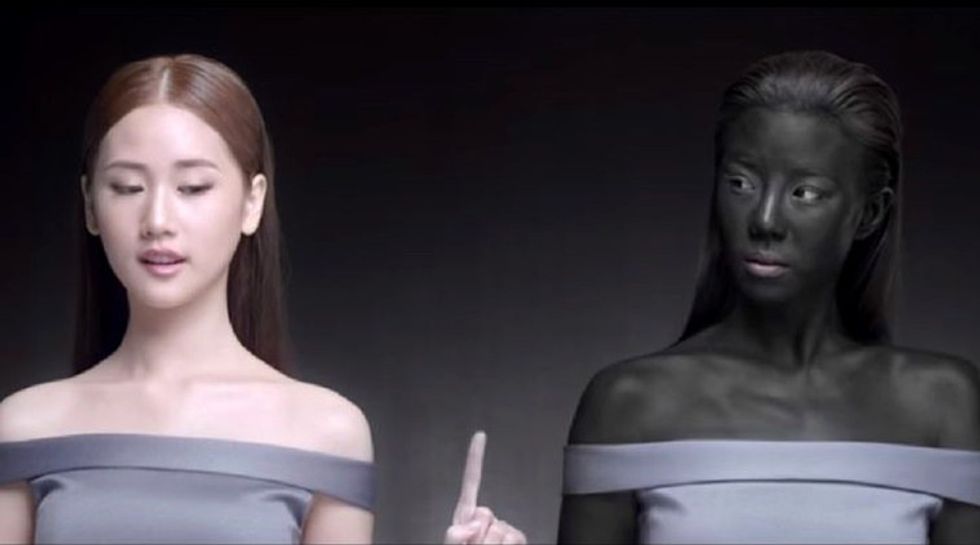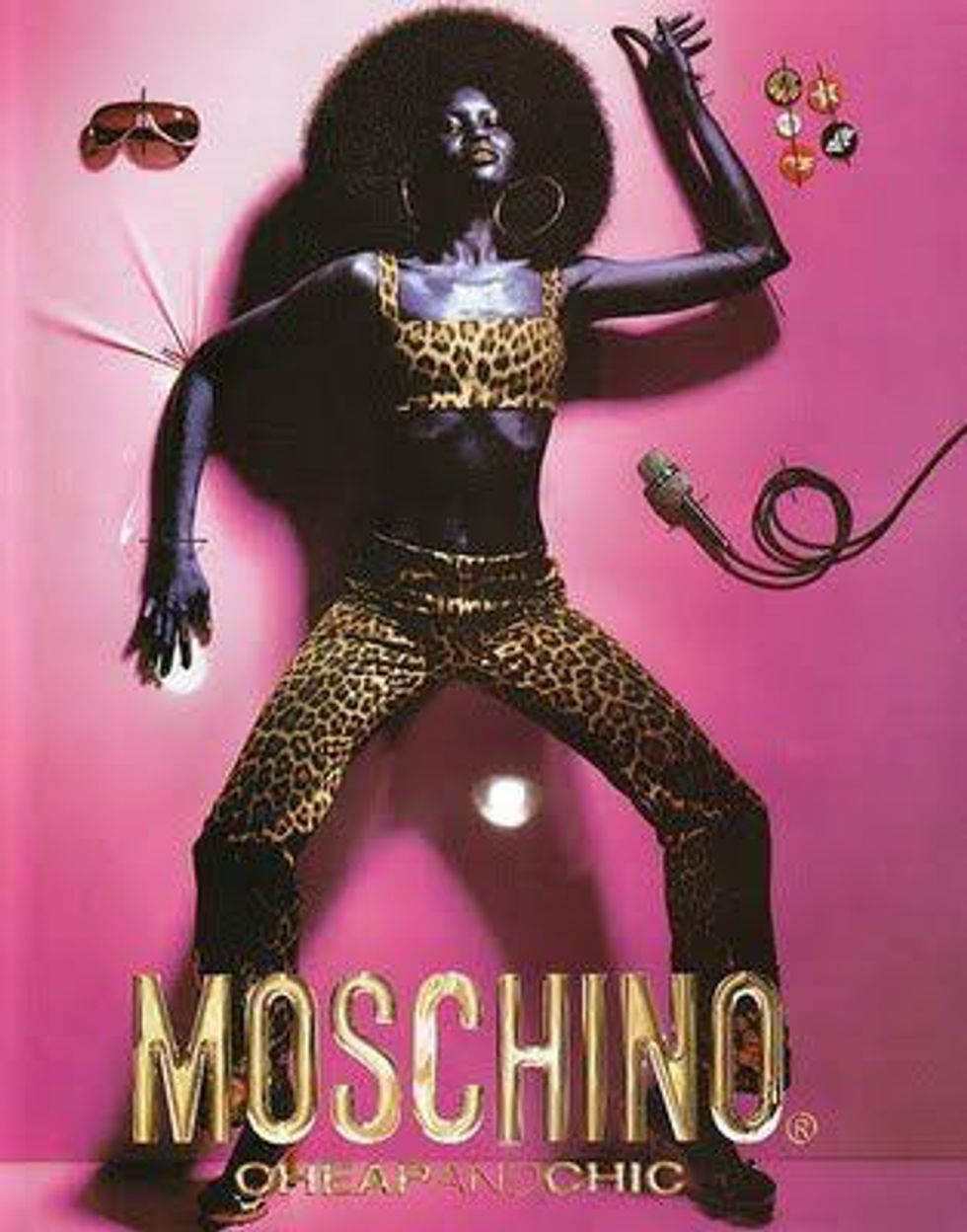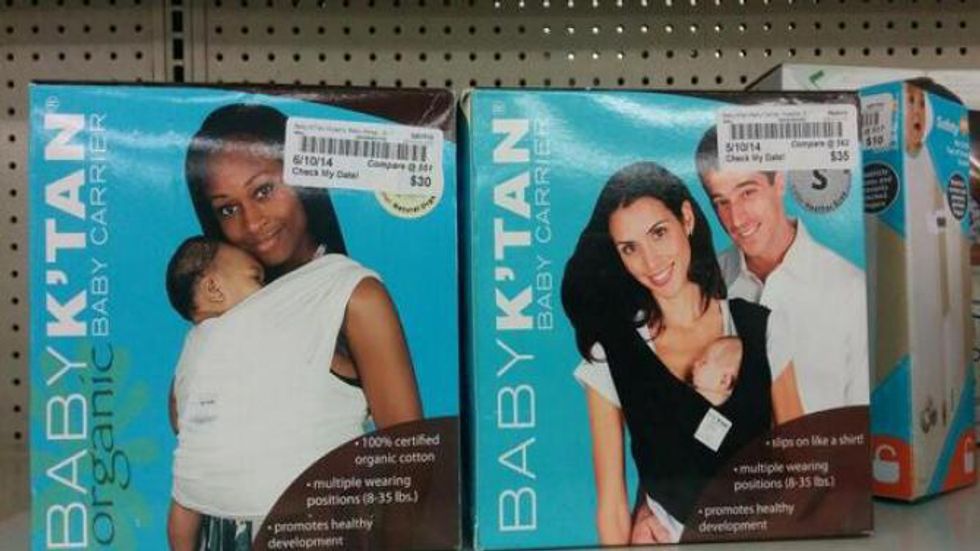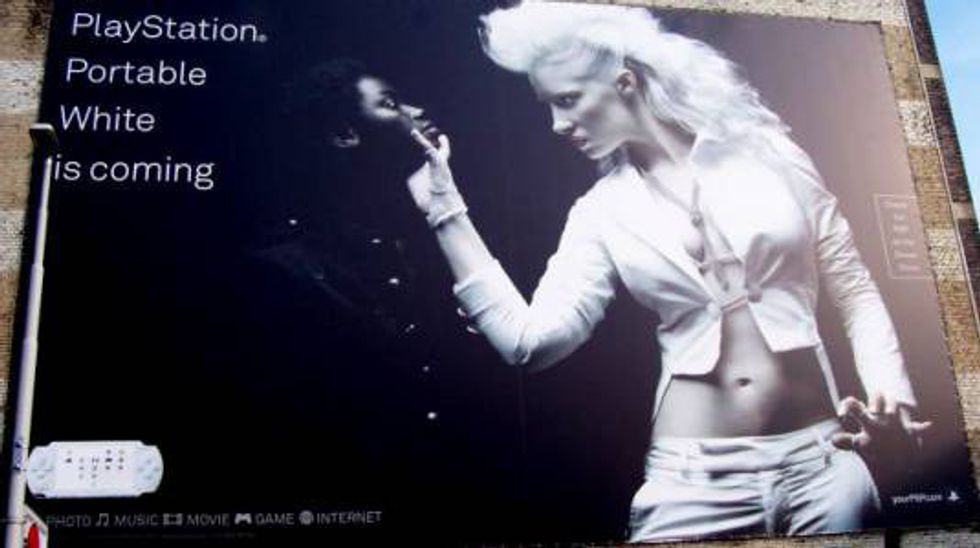African-American men and women have been plagued with insulting stereotypes for many years. These stereotypes include African-American men being thought of as criminals and drug lords and African-American women being thought of as single mothers and “angry black women.” These stereotypes for African-American women, in particular, have translated to how they are and have been portrayed in advertising since the 1870s, when African-Americans first appeared in advertisements in the United States.
From the beginning of the 20th century to the mid-1960s, advertising used stereotypical images of African-American women to make them appear subservient to white people, ignorant, and ugly[1]. However, these stereotypes have transcended through decades, and there are many modern advertisements that still use them.
In addition to these offensive stereotypes of African-American women, offensive methods of white-washing and blackface have been used in modern advertisements, despite online backlash against it. Therefore, African-American women have faced offensive representation in advertising.
White-washing and blackface have contributed to the poor representation of African-American women in advertising. Blackface was either a layer of burnt cork on a layer of coca butter or black grease paint, and it was used for white people’s characterization of plantation slaves and free African-Americans during the era of minstrel shows from 1830-1890[2]. However, variations of blackface still exist in the United States and in other countries around the world.
One example of blackface being prevalent in a modern advertisement is in a 2016 advertisement from Seoul, Thailand, for Seoul Secret Snowz, which is a beauty pill made to make a woman’s skin tone whiter. In this advertisement, a 35-year-old actress and model named Cris Horwang who says that the whiteness she achieved through beauty products had brought her fame[3]. While she says this, the skin tone of a model next to her begins to blacken, and the model appears sickly and depressed.
Another example of blackface was in a Dunkin’ Donuts advertisement where a black woman wearing what appeared to be blackface with exaggerated, bright pink lips was eating a black “Charcoal Donut.” These uses of blackface made African-American women seem dirty and ugly, thus poorly representing them.
In addition to blackface, white-washing is a common way to manipulate the appearance of African-American women in advertising. It is often used for beauty products, makeup lines, and magazine covers for African-American women.
The concept of white-washing means to lighten and digitally manipulate a person’s skin tone to make them appear more like a white person’s skin tone. It is used to meet the standards of beauty in American society that favor white women over minority women.
The first example of white-washing included lightening Beyoncé’s skin tone for her L’Oréal advertisement.
The second example included lightening Gabourey Sidibe’s skin tone for her cover photo of Elle magazine.
One example of this stereotype being famous in advertising is the stereotypical African-American ad character of Aunt Jemima. Aunt Jemima first appeared in 1889 and was historic as the first ready-made pancake mix. This character had exaggerated features and had what appeared to be blackface on her face.
From the end of slavery to the period of the Civil Rights movement in the 1960s, advertisements in the United States continued to show African-American people as Aunt Jemimas and other stereotypical characters, which were characters who were subservient to white people[6].
Another example of this kind of representation was an advertisement for the German company Gisele Bundchen. In this advertisement, a white woman in a golden leotard is being held up by four African-American men. It made it look like the African-American men were subservient to the white woman.
In addition to being subservient to white people, African-Americans have been represented in advertisements as exotic and in African jungle environments.
One example of this was in an advertisement for the World Wildlife Fund. The ad showed an African-American woman dressed in exotic clothing, and she was posed in an African jungle environment.
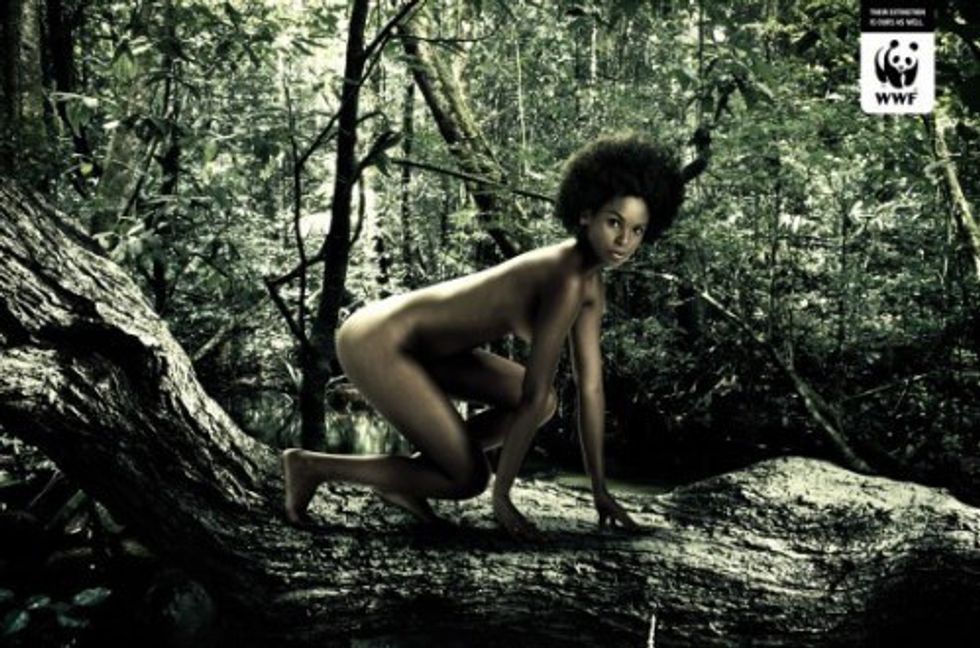
The third example of representing African-American women as exotic was in an advertisement for a perfume called “Animale” by Macy’s. The woman in the ad is covered in tiger print makeup to make her appear more "exotic."
These advertisements represented African-American women as exotic. This is poor representation because a white woman would not have been represented like that. They were represented that way in those advertisements because they were African-American.
Lastly, African-American women are stereotypically thought of as single, struggling mothers.
This idea is prevalent in a 2014 advertisement for Baby K’Tan diapers. In this advertisement, there are two packages next to each other. One package features a white family with a mother, father and baby. However, the second package right next to it features a single African-American mother with a baby. This advertisement is blatant racism, using the stereotype of African-American women being single mothers.
In many advertisements, white women have been seen as superior to black women.
The first example is from Dove, and it shows a “before” and “after” picture of skin. There are three women featured in a line. From left to right, the women are African-American, Latina, and white. From the way that the ad is designed, it looks like being white is the goal of the product and having darker skin isn’t preferred. Therefore, it makes white women look superior to African-American women.
The last example of the idea that white women are superior to African-American women is an advertisement for PlayStation Portable White. This ad features a white woman and an African-American woman who is clothed in dark colors, making it difficult to notice her. The white woman is turned toward the African-American girl and she has grabbed the girl’s face in a dominant manner. This ad makes white women seem superior to African-American women.
In conclusion, advertisements have provided poor representations of African-American women for many years. These poor representations have been created by hindering stereotypes of African-American women being subservient to white people, being single mothers, and being ugly, ignorant and angry. It’s time to start representing African-American women for the beautiful people they are.
Works Cited
“African-Americans: Representations in Advertising.” Advertising Age, 15 Sept. 2003.
http://adage.com/article/adage-encyclopedia/african-americans-representations-
advertising/98304/. Accessed 27 Nov. 2016.
“Beauty Whitewashed: How White Ideals Exclude Women of Color.” Beauty Redefined Blog, 1
Feb. 2011. http://www.beautyredefined.net/beauty-whitewashed-how-white-ideals-
exclude-women-of-color/. Accessed 27 Nov. 2016.
Dicker, Rory. “Second Wave Feminism.” History of U.S. Feminisms. Seal Press, Berkeley, CA,
2008. pp. 83
Holmes, Oliver. “Thai ad with 'white makes you win' message lambasted for racism.” The
Guardian, 8 Jan. 2016. https://www.theguardian.com/world/2016/jan/08/thai-advert-
white-makes-you-win-skin-whitening-lambasted-for-racism. Accessed 27 Nov. 2016.
Kelley, Raina. “The Pepsi Max Super Bowl Ad and the Myth of Angry Black Women.” The
Daily Beast, 11 Feb. 2011. http://www.thedailybeast.com/articles/2011/02/11/pepsi-max-
super-bowl-ad-the-myth-of-angry-black-women.html. Accessed 27 Nov. 2016.
Lee, Janet, and Susan M. Shaw. “The ‘Beauty’ Ideal.” Women’s Voices, Feminist Visions.
McGraw-Hill Education, New York, NY, 2015. pp. 192.
Padgett, Ken. Blackface! http://black-face.com. Accessed 27 Nov. 2016.
[1] “African-Americans: Representations in Advertising.” Advertising Age, 15 Sept. 2003, http://adage.com/article/adage-encyclopedia/african-americans-representations-advertising/98304/.
[2] Padgett, Ken. Blackface! http://black-face.com.
[3] Holmes, Oliver. “Thai ad with 'white makes you win' message lambasted for racism.” The Guardian, 8 Jan. 2016. https://www.theguardian.com/world/2016/jan/08/thai-advert-white-makes-you-win-skin-whitening-lambasted-for-racism.
[4]Lee, Janet, and Susan M. Shaw. “The ‘Beauty’ Ideal.” Women’s Voices, Feminist Visions. McGraw-Hill Education, New York, NY, 2015. pp. 192.
[5]Lee, Janet, and Susan M. Shaw. “The ‘Beauty’ Ideal.” Women’s Voices, Feminist Visions. McGraw-Hill Education, New York, NY, 2015. pp. 192.
[6] “African-Americans: Representations in Advertising.” Advertising Age, 15 Sept. 2003, http://adage.com/article/adage-encyclopedia/african-americans-representations-advertising/98304/.




